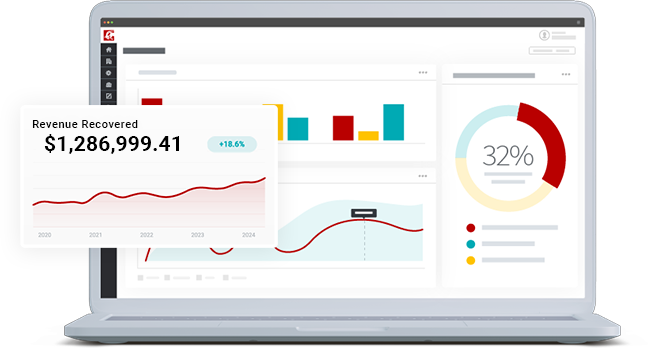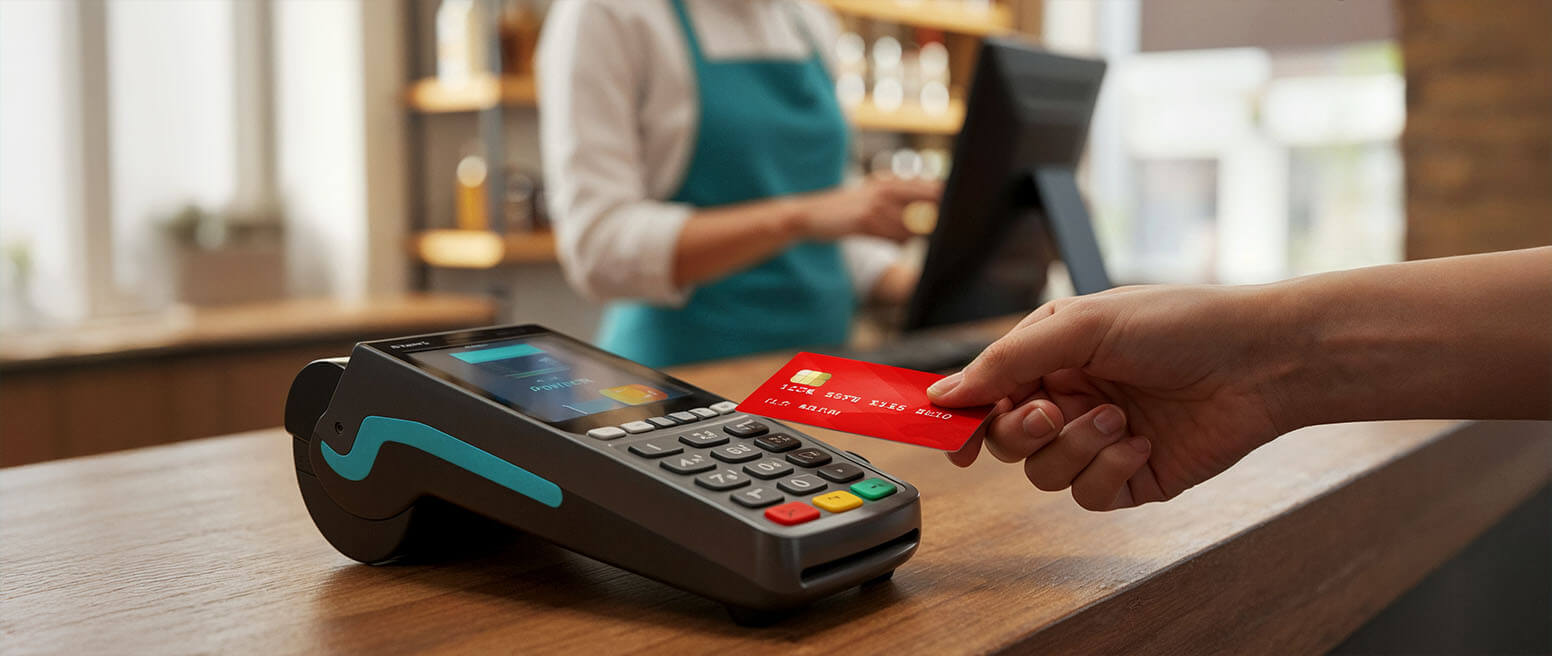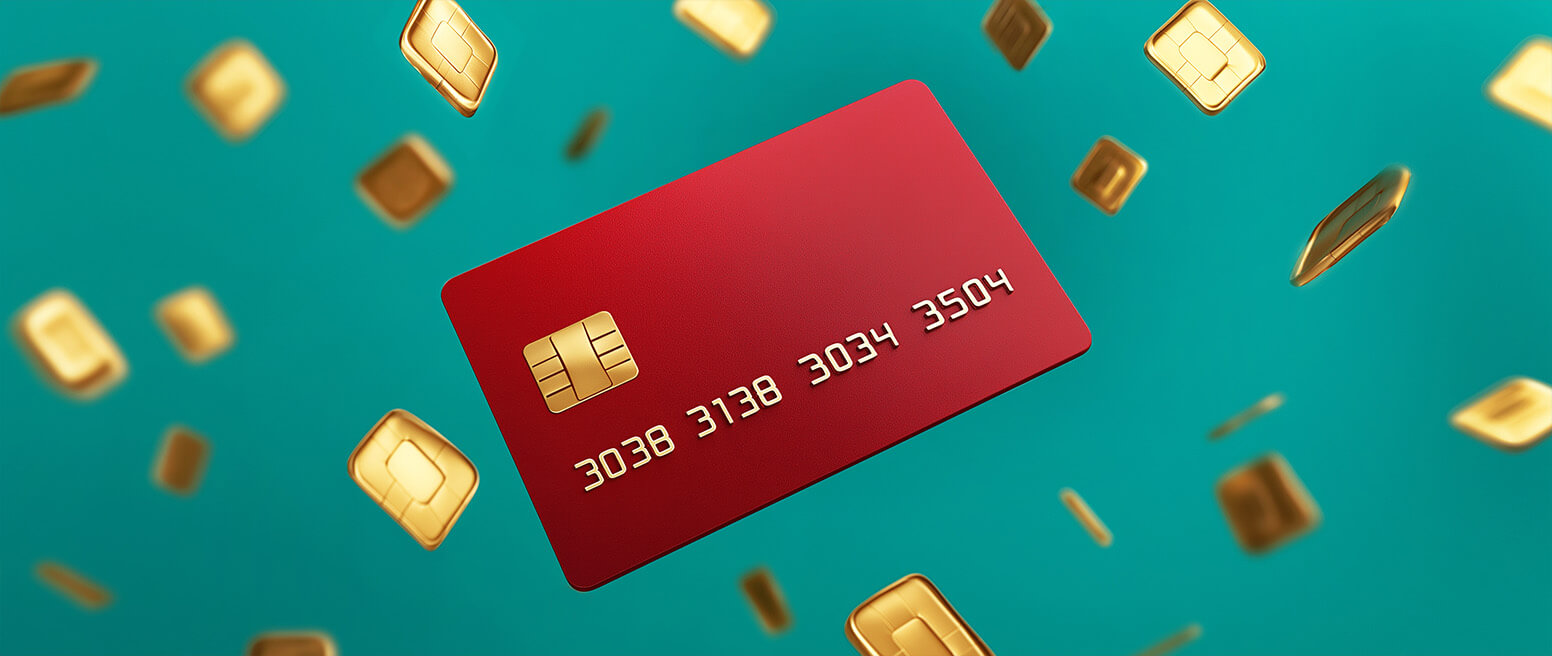Visa Installments: What is it? What Should Merchants Know About the Technology?
Short-term, interest-free financing — commonly known as a buy now, pay later, or “BNPL” arrangement — is now a staple in eCommerce.
The idea is simple: let consumers pay in installments, and they’re more likely to make expensive purchases. We’re talking about items like TVs, phones, computers, and appliances, which they might not otherwise be willing to cough up a lump sum for.
Data released by the Consumer Financial Protection Bureau in 2025 corroborates this claim. In 2022, 21.2% of buyers financed at least one purchase with a buy now, pay later app like Klarna, Affirm, Afterpay, Zip, or Splitit. Meanwhile, nearly two-thirds of BNPL borrowers took out more than one installment plan at a time.
Visa, the largest card network in the world, is also getting in on the action. In January 2020, the company launched Visa Installments, a BNPL option that allows eligible cardholders to split purchases into equal monthly payments.
In this article, I’ll provide an overview of Visa Installments and discuss how the program works for merchants. I’ll also talk about implementation, fees, and compliance and security considerations.
Recommended reading
- What is EMV Bypass Cloning? Are Chip Cards Still Secure?
- Dispute Apple Pay Transaction: How Does The Process Work?
- Terminal ID Number (TID): What is it? What Does it Do?
- Point of Sale Systems: How to Get More From Your POS Machine
- What is EMV Technology? Definition, Uses, Examples, & More
- dCVV2: How do Cards With Dynamic CVV Codes Work?
What is Visa Installments?
- Visa Installments
Visa Installments is a payment platform created by Visa to provide consumers with additional payment options at checkout. Using Visa Installments, cardholders can select and agree to an installment plan at checkout using an existing Visa account.
[noun]/vē • zə • in • stôl • məntz/
Visa Installments is a BNPL checkout option that allows Visa cardholders to pay for qualifying purchases over time, usually across in two or four equal installments. Currently available in the US, Canada, Australia, and Malaysia, Visa Installments will continue to expand on a country-to-country basis and will eventually support cross-border transactions.
Currently, only Commerce Bank offers Visa Installment payments as an option for active account holders. That’s expected to change as the program gains traction among consumers seeking uniformity across the BNPL landscape, though.
How Do Visa Installments Work?
Issuing banks can use Visa’s application programming interface (API) to rollout installment plans for cardholders and screen for eligibility, or even allow cardholders to convert existing purchases into BNPL arrangements. At a high level, a buyer can opt for Visa Installments in one of three ways:
The following example shows how a Visa Installments payment plan could work for a large ticket purchase of $800 paid for over 4 months at 0% APR:
1st Month
$200 Installment
1 of 4 payments
2nd Month
$200 Installment
2 of 4 payments
3rd Month
$200 Installment
3 of 4 payments
4th Month
$200 Installment
4 of 4 payments
While the payment structure offered by Visa Installments closely mirrors that of third-party BNPL providers, there is one crucial difference. While third-party installment providers take on credit risk independently (or require merchants to bear the risk of default themselves), Visa Installments allows cardholders to transform their existing credit card purchases into installment loans — no new credit or credit check required.
Every financial institution that opts to participate in Visa Installments will be responsible for managing its own installment program.
The Visa Installment Platform API
Visa provides an API for issuers to create and define installment plan attributes. For example, issuers can modify:
- the duration of installment loan
- Participating merchant and cards
- Interest and fees
The API will guide users through how to create the right plan for their needs.
The API also lets issuers convert the original transaction into an installment plan, and use the API to schedule payments for installment transactions. The service will look up cardholder status and calculate monthly installment payments due. This way, issuers can manage the general ledger and post to cardholder statements correctly.
New technologies can mean new threats.
When it comes to fraud prevention, make sure you’re covering your bases.
Request a Demo
Acquirers, technology platforms, and merchants use an API to look up eligible installment plan(s) for a transaction. The merchant can display eligible installment plans and costs to the cardholder during purchases using the technology.
Visa intends to release capabilities on Visa Developer and allow clients to develop and pilot installment experiences to offer to their customers. This is pending participation with acquirers, issuers, and merchants. Regardless, as the platform gains steam in the near future, consumers can expect to see Visa Installment options become more widely available.
The Benefits of Visa Installments
Visa Installments offers benefits for both cardholders and merchants.
For cardholders, a straightforward, fast, and flexible financing option that involves no new credit can help dampen the sticker shock of medium- and large-sized purchases. Breaking down large buys into smaller installments over time can also help budget-conscious cardholders plan their purchases and manage their cash flow better.
For merchants, Visa Installments can likewise lead to:
How to Implement Visa Installments: For Issuers
Issuers who wish to offer Visa Installments can do so via a six-step process:
- 1. Sign Up For Visa Installment Solutions (VIS).
- 2. Speak with a Visa representative and get access to Visa Developer Center (VDC).
- 3. Log in and access the Visa’s Installment Management Service to see if Visa Installments is available in a particular region and, if so, what features are available there.
- 4. Create installment plans, define terms (e.g. lengths, participating cards, interest rates and fees), and set eligibility criteria for buyers using the Cardholder Enrollment API.
- 5. Merchants can then use the Matched Candidates API to see whether cardholders qualify for Visa Installments prior to checkout.
- 6. The cardholder selects an installment plan, and the merchant returns the selected plan to Visa via the Plan Selection API.
Once Visa receives the plan selected by the cardholder from the merchant, the checkout process proceeds as normal.
How to Implement Visa Installments: For Merchants
Merchants who offer Visa Installments will also need to take a few steps to get set up with Visa Installments:
- Merchants need to work with an acquirer or payment gateway that supports Visa Installments. Not all acquirers offer this yet, so integration depends on the processor.
- Make any API or POS system updates necessary to support installment plan options during checkout. Visa provides SDKs and APIs for displaying installment options.
- Ensure eligible installment offers are shown to cardholders on product pages, in the shopping cart, and at checkout, along with relevant details about installments.
Sellers may need to consider other factors, too, including:
Costs and Fees for Merchants
Visa Installments comes with two fees:
In addition to these fees, payment processors and issuers may assess markups or surcharges for handling installment payments.
The Installment Access Fee and Installment Funding Fee, which apply only to installment purchases, are levied on top of standard Visa interchange rates, which apply to all Visa card transactions.
Compliance & Security Considerations
There are relatively few drawbacks to report about Visa or Mastercard’s payment installment platforms so far. That said, there are a few potential downsides that merchants and lenders should be aware of:
Costly System Integration
Whenever merchants make adjustments to existing payment portals, there is an expectation of increased cost. This may be due to staffing, OS or payment terminal alterations, or other unforeseen costs. There is still a bit of uncertainty about what the Visa Installments platform will cost to integrate. However, this might be a factor that merchants find prohibitive.
Liability Exposure
Parsing out payments in increments can lead to a few issues. There’s the threat of elevated liability for fraud and delinquent payments, for example. Also, what if the customer doesn’t honor the terms of the purchase? Even with built-in fraud protections and other measures negotiated between lenders and cardholders, trouble can arise.
Regulatory Considerations
A new interpretive rule by the Consumer Financial Protection Bureau (CFPB) will subject BNPL lenders to the same regulations that apply to credit cards and card issuers under Subpart B of Regulation Z, or the Truth In Lending Act (TILA) of 1968. In practice, this means BNPL providers must be required to investigate disputes, refund returned merchandise or canceled services, as well as provide fee disclosures and billing statements.
Greater Risk Exposure
Visa Installments involve more transactions, so they may be subject to heightened fraud or default risks as compared to standard transactions. To mitigate fraud risks, merchants can implement the card network’s 3-D Secure technology, known as Visa Secure, to authenticate installment sales prior to checkout. Merchants can also use Visa’s AI-enabled Decision Manager to make complex fraud decisions, and use the card network’s post-purchase fraud solutions to manage disputes that arise.
Liability Exposure
Although cardholders are making a single purchase, they’re splitting their transaction into equal installments. Spreading payments over time may give feelings of regret or buyer’s remorse to simmer, which could spill over and result in friendly fraud chargebacks or return fraud.
Are Visa Installments Good For Business?
Visa Installments could help merchants and lenders meet consumer demand for increased payment diversity while keeping overhead comparatively low. That isn’t to say, however, that participation will be easy or immediately successful.
Merchants and lenders are encouraged to have a solid strategy in place for chargeback and fraud management before they implement any new payment options.
Visa Installments is a forward-thinking addition to working payment systems. But, to achieve success, merchants must always plan for the eventualities few can fully avoid.
Chargebacks911® is perfectly placed to help you navigate the payments landscape. If you think payment industry changes might negatively impact your business, contact us today for a free chargeback analysis. We can help you examine your risk profile and offer solutions to keep your business safe.
FAQs
What is “buy now, pay later”?
Buy now, pay later, commonly abbreviated to BNPL, is a payment installment platform that allows consumers to break up larger purchases into smaller increments. BNPL is typically offered through third-party service providers, and requires either no payment up front, or just a partial payment. Usually, BNPL payments are interest-free, but this is not exclusively the case.
Does Visa offer buy now, pay later options?
Up until now, no. Visa Installments is the network’s first foray into the BNPL and payment installment ecosystem. It seeks to provide a broader range of payment options for consumers.
How do Visa Installments payments work?
Utilizing a Visa-specific application programming interface (or API), Visa Installments allow consumers to select and set up their preferred repayment method in advance of a purchase, during the purchase, or even convert a previously selected payment option post-purchase.
Are installment payments a good idea?
Payment installments are certainly profitable and popular, but merchants shouldn’t take BNPL purchases for granted. As with any new payment option or technology, there’s still a degree of risk involved. Preparedness and planning are prerequisites for success when adopting new technology.














